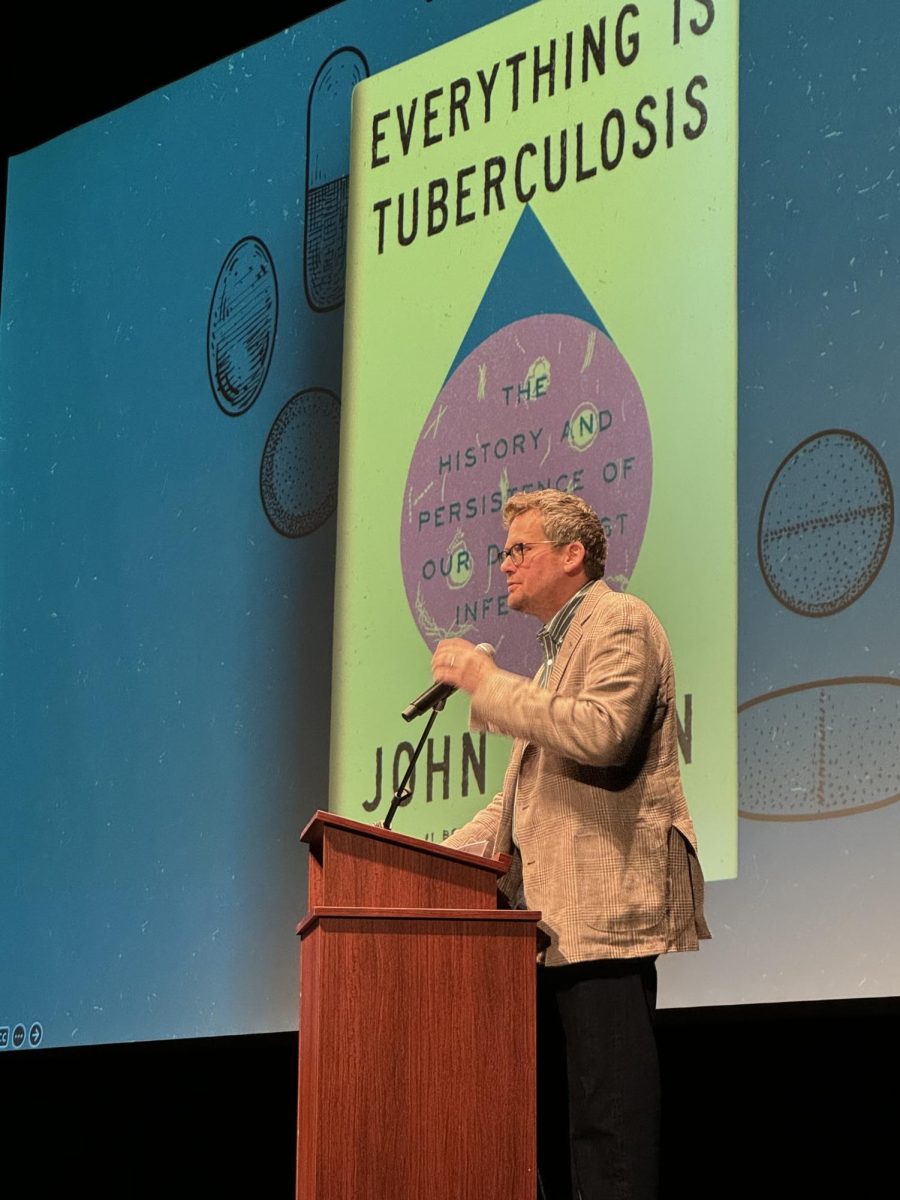Originally released in 2014, 1989 by Taylor Swift is often regarded as one of the most monumental shifts in the star’s career, and the album that officially solidified her move from country to pop music. On August 9, Swift announced that 1989 (Taylor’s Version), the album’s re-recording, would be released on October 27 with five additional vault tracks, or songs written during the time of the album but never previously released.
Due to a long, exploitative relationship with her old record label, Big Machine Records, Swift began re-recording her first six albums in 2021 in order to own the master copies of all of her albums. Her three previous re-recordings, Red (Taylor’s Version), Fearless (Taylor’s Version), and Speak Now (Taylor’s Version), were all albums that I hadn’t really listened to prior to their re-recordings but became fond of after listening to the new versions. However, 1989 (Taylor’s Version) was different, as I practically grew up listening to this album. Several of the tracks made up my core childhood memories, so I feared that, with the re-recordings, I would be losing some of my favorite songs.
I couldn’t have been more wrong. While the songs were not necessarily perfect remasters, I felt that the differences ultimately improved each one. For example, Swift’s vocals have drastically improved in the past nine years, which only better the album because her music explores deep topics. Additionally, the production on some of the songs has changed, making them crisper and clearer. Although many people criticize Swift for changing the production, it is understandable that production tools and producers’ styles have changed in the past decade, so it would be impossible to create a perfect match to the original songs. In general, I don’t feel a need to go back to the original album, especially with Swift’s re-release of the deluxe tracks and her famous collaboration with Kendrick Lamar on “Bad Blood.”
The five vault tracks of 1989 (Taylor’s Version) were “‘Sl*t!’ (Taylor’s Version) (From the Vault),” “Say Don’t Go (Taylor’s Version) (From the Vault),” “Now That We Don’t Talk (Taylor’s Version) (From the Vault),” “Suburban Legends (Taylor’s Version) (From the Vault),” and “Is It Over Now? (Taylor’s Version) (From the Vault).” I immensely enjoyed each of them and appreciated the range of emotions, from slow and sad to upbeat and peppy. The two songs that surprised me the most were “‘Sl*t!’” and “Is It Over Now?” For the first, I expected a much more edgy song but was pleasantly surprised by the romantic reflection on Swift’s experiences with sl*t-shaming. For the latter, I loved that she mentioned famous, previously mysterious moments from her past and called out public rumors that people spread about her.
When Swift released the titles of each of the vault tracks prior to the album’s release, I was instantly drawn to “Suburban Legends.” Something about the mystical feeling of the title made me eager to hear the song, and I was not disappointed. Though it seems to be an unpopular opinion, this was one of my favorite vault tracks. This track resonated the most with my musical tastes and what I like about Swift’s music. Even though I had only heard the song a few times, by the next week, it felt like a tune that I had known my entire life. It gives the same excitement as many of the songs on Midnights, my favorite Swift album. As I listened to “Suburban Legends,” the lyric that stood out to me the most was “I am standin’ in a 1950s gymnasium,” which she sang with so much emotion that I couldn’t help but transport myself into the world of the song. Overall, the release of 1989 (Taylor’s Version) was a complete success to me. From allowing Taylor Swift to own the master for one of her most successful eras to reviving my love for old songs and creating love for new ones, I couldn’t have thought of a better way to spend a weekend.






































































